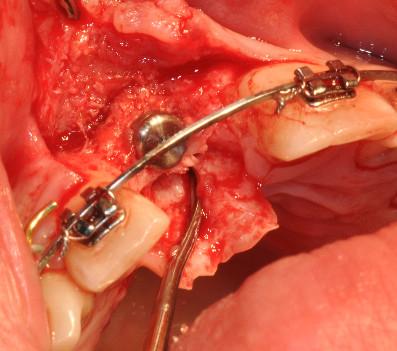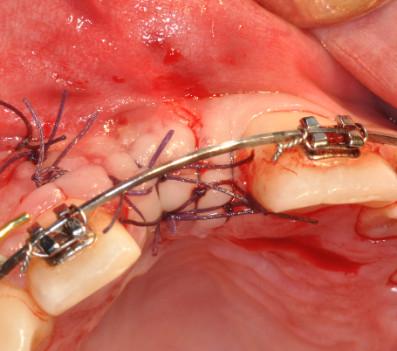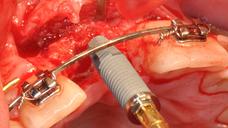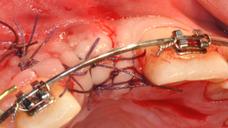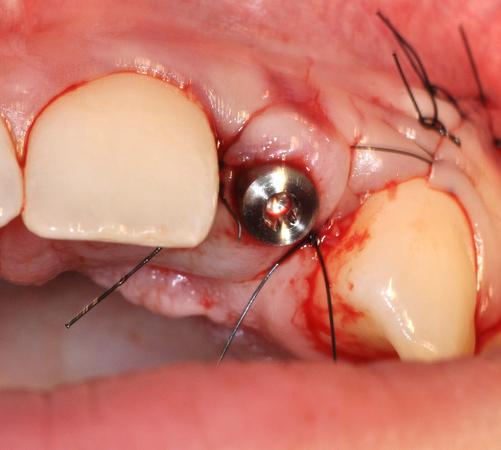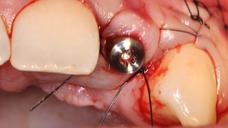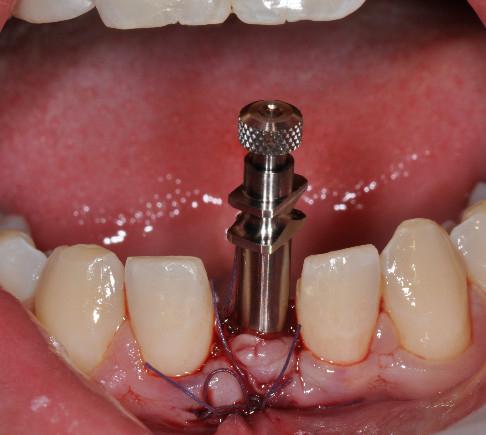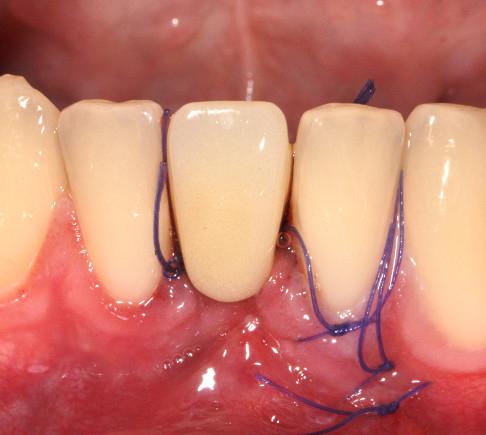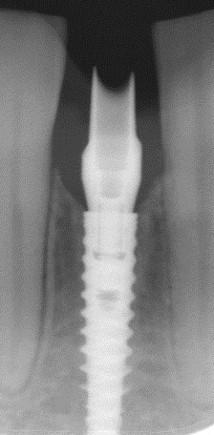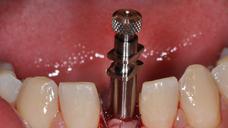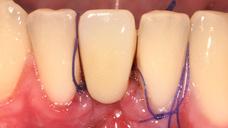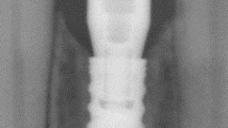-
0
Patient Assessment
- 0.1 Patient Demand
- 0.2 Anatomical location
-
0.3
Patient History
- 2.1 General patient history
- 2.2 Local history
-
0.4
Risk Assessment
- 3.1 Risk Assessment Overview
- 3.2 Age
- 3.3 Patient Compliance
- 3.4 Smoking
- 3.5 Drug Abuse
- 3.6 Recreational Drug and Alcohol Abuse
- 3.7 Condition of Natural Teeth
- 3.8 Parafunctions
- 3.9 Diabetes
- 3.10 Anticoagulants
- 3.11 Osteoporosis
- 3.12 Bisphosphonates
- 3.13 MRONJ
- 3.14 Steroids
- 3.15 Radiotherapy
- 3.16 Risk factors
-
1
Diagnostics
-
2
Treatment Options
-
2.1
Treatment planning
- 0.1 Non-implant based treatment options
- 0.2 Treatment planning conventional, model based, non-guided, semi-guided
- 0.3 Digital treatment planning
- 0.4 NobelClinician and digital workflow
- 0.5 Implant position considerations overview
- 0.6 Soft tissue condition and morphology
- 0.7 Site development, soft tissue management
- 0.8 Hard tissue and bone quality
- 0.9 Site development, hard tissue management
- 0.10 Time to function
- 0.11 Submerged vs non-submerged
- 0.12 Healed or fresh extraction socket
- 0.13 Screw-retained vs. cement-retained
- 0.14 Angulated Screw Channel system (ASC)
- 2.2 Treatment options esthetic zone
- 2.3 Treatment options posterior zone
- 2.4 Comprehensive treatment concepts
-
2.1
Treatment planning
-
3
Treatment Procedures
-
3.1
Treatment procedures general considerations
- 0.1 Anesthesia
- 0.2 peri-operative care
- 0.3 Flap- or flapless
- 0.4 Non-guided protocol
- 0.5 Semi-guided protocol
- 0.6 Guided protocol overview
- 0.7 Guided protocol NobelGuide
- 0.8 Parallel implant placement considerations
- 0.9 Tapered implant placement considerations
- 0.10 3D implant position
- 0.11 Implant insertion torque
- 0.12 Intra-operative complications
- 0.13 Impression procedures, digital impressions, intraoral scanning
- 3.2 Treatment procedures esthetic zone surgical
- 3.3 Treatment procedures esthetic zone prosthetic
- 3.4 Treatment procedures posterior zone surgical
- 3.5 Treatment procedures posterior zone prosthetic
-
3.1
Treatment procedures general considerations
-
4
Aftercare
機能までの時間
Key points
- 「機能までの時間」に関する主な検討事項は、機能回復のための即時、早期、従来の時間枠です。
- 特定の基準およびプロトコルを満たす場合、即時機能は、安全かつ予知性の高い治療結果をもたらすと考えられています。
- 即時機能は、論理的に全体の治療期間を短縮すると考えられます。

図1: 機能するまでの時間 - オプション
従来型(遅延)機能
ブローネマルクと整合性のある伝統的な口腔の骨内インプラント治療プロトコルでは、単独クラウンの装着前に可変の治癒期間(通常は3~6カ月間)が必要でした。治癒期間は、骨結合を実現し、負荷に耐えられるインターフェースを構築するために必要であると考えられていました。伝統的なプロトコルは、「従来型機能(“conventional function”)」と呼ばれ、非常に良好な長期臨床成績を示してきました。
図2:「従来型機能」コンセプトに基づく上顎右側中切歯領域へのインプラント埋入
図3:「遅延機能」コンセプトに基づく上顎左側側切歯領域へのインプラント埋入
早期機能
「早期機能(“Early function”)」とは、インプラント埋入の3日から3カ月後の単独クラウン装着を言います。即時機能および従来型機能のプロトコルと同等の臨床成績を示してきたことが実証されています。
即時機能
単独クラウン荷重プロトコルをインプラント埋入から3日以内に実施する場合、そのプロトコルを「即時機能(“immediate function”)」と呼びます。即時機能は、「遅延機能」に関する文献の裏付けと比較した場合、骨損失、単独クラウンまたはインプラントの失敗に係る状況の差から判断し、有望な臨床成績を実証しています。患者にとっての利点としては、インプラント埋入から機能回復までの時間短縮、全体の治療期間短縮等が挙げられます。
最新の経験では、初期固定が良好な口腔インプラントは、即時機能の候補となることが示されています。初期固定は一般に、外科医の感覚または安定性に関する代替測定値(埋入トルクまたは共振周波数分析(RFA))により確認します。インプラントの初期固定が良好でない場合、即時機能は禁忌です。
即時機能は多くの治療場面で検討の対象となり得ますが、成功の可能性が高いのは、大きな荷重を受け止める隣接歯および非機能的荷重に適応するプロビジョナルクラウンが存在する単独歯の場合です。
図4:「即時機能」コンセプトに基づく下顎右側中切歯領域へのインプラント埋入

